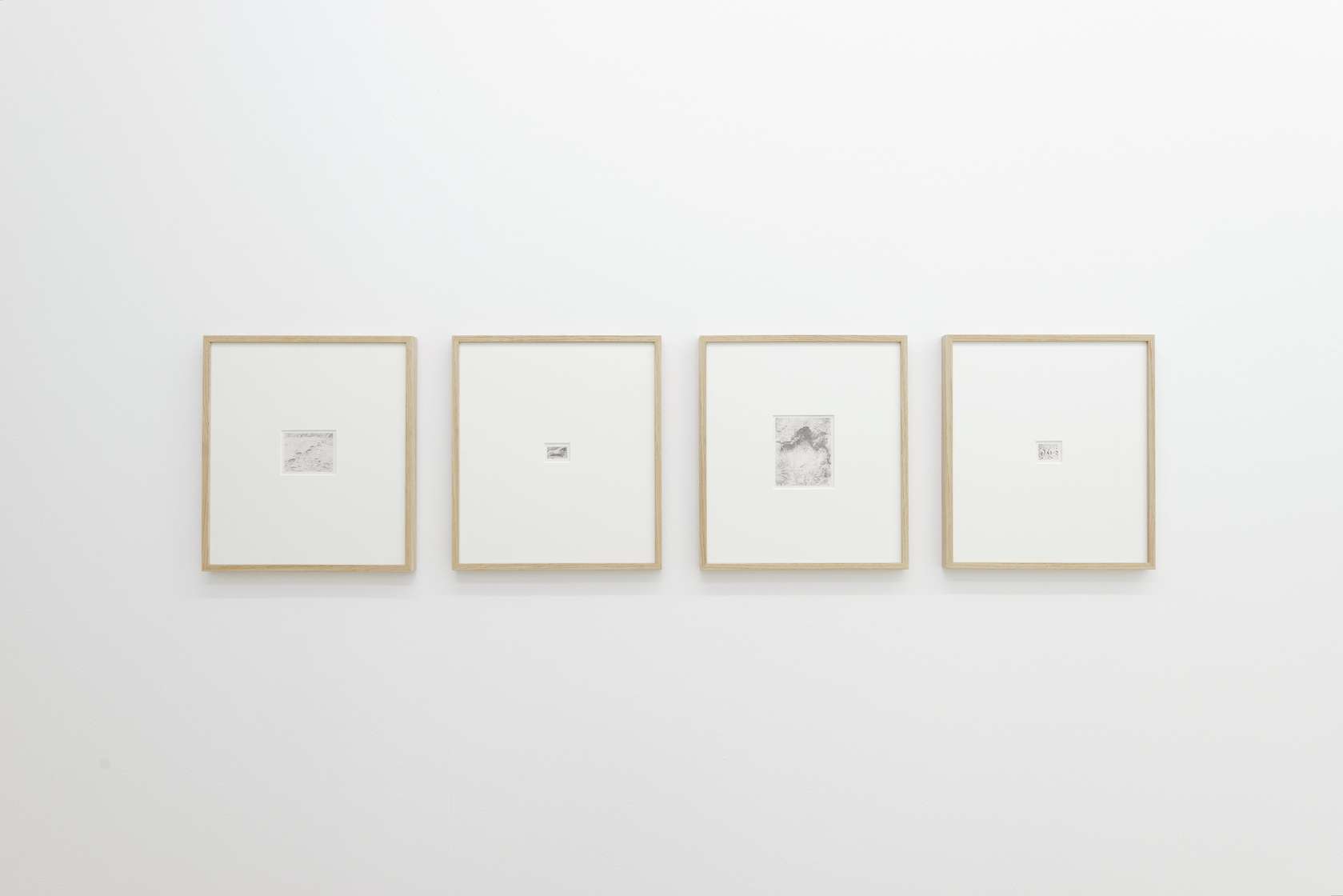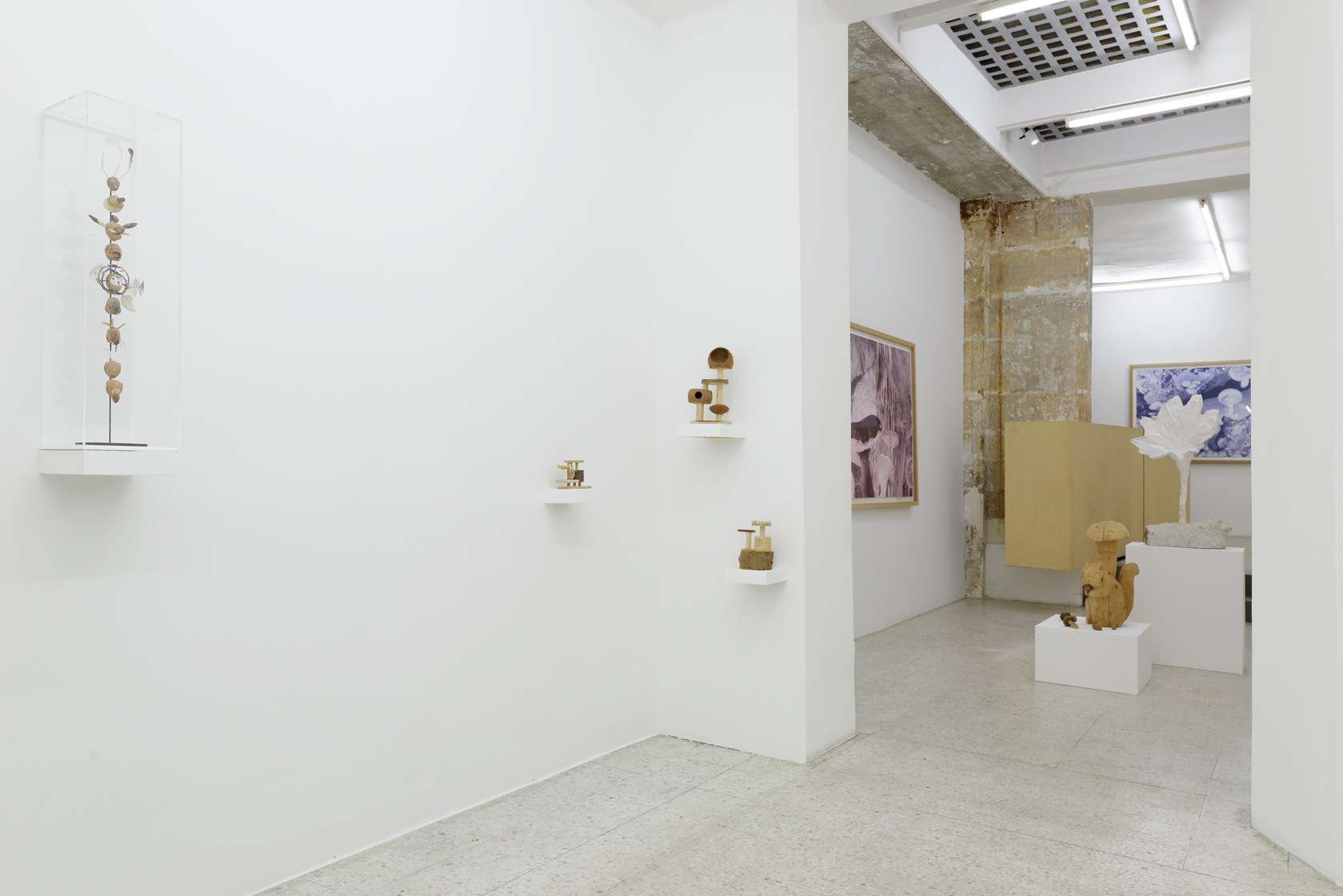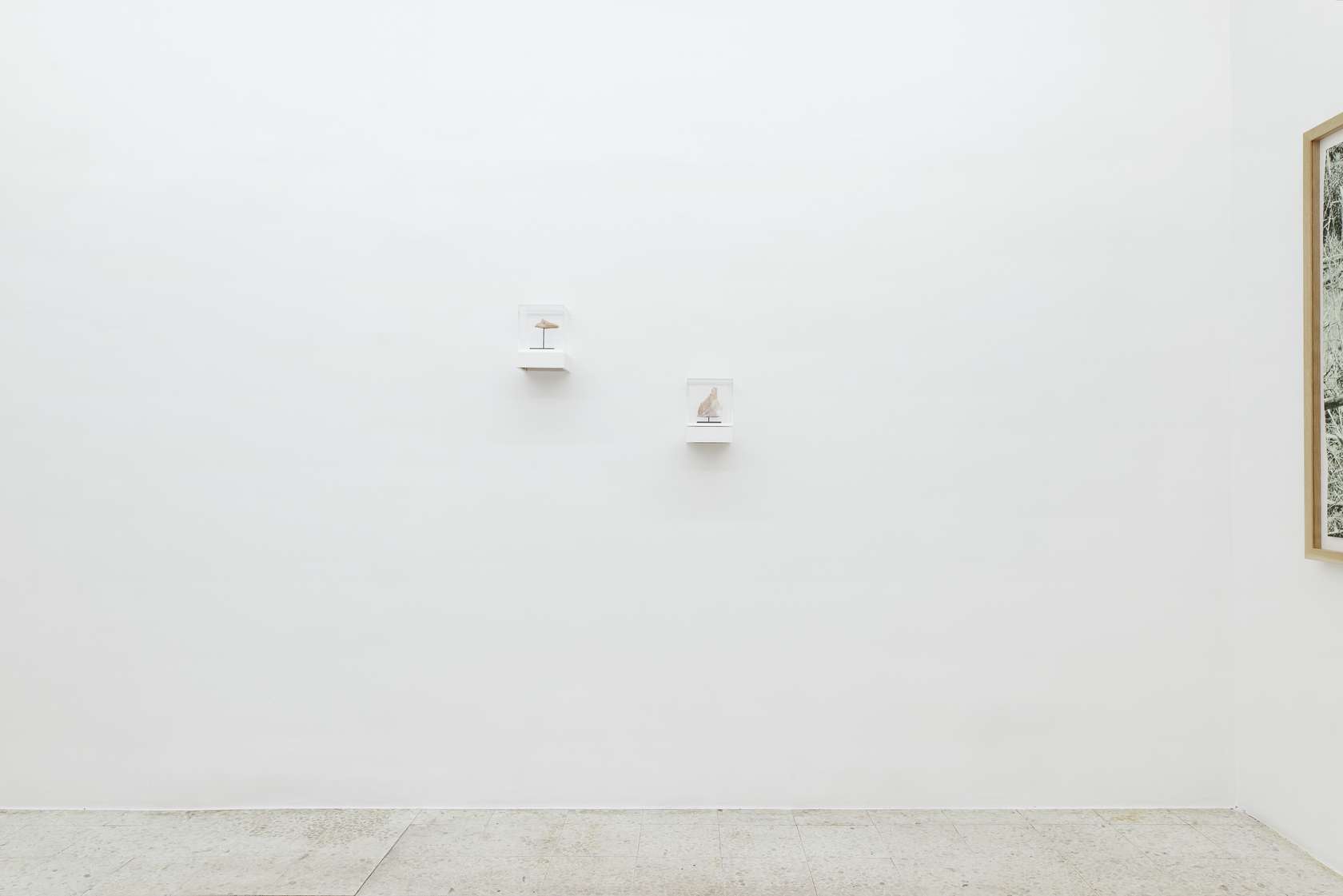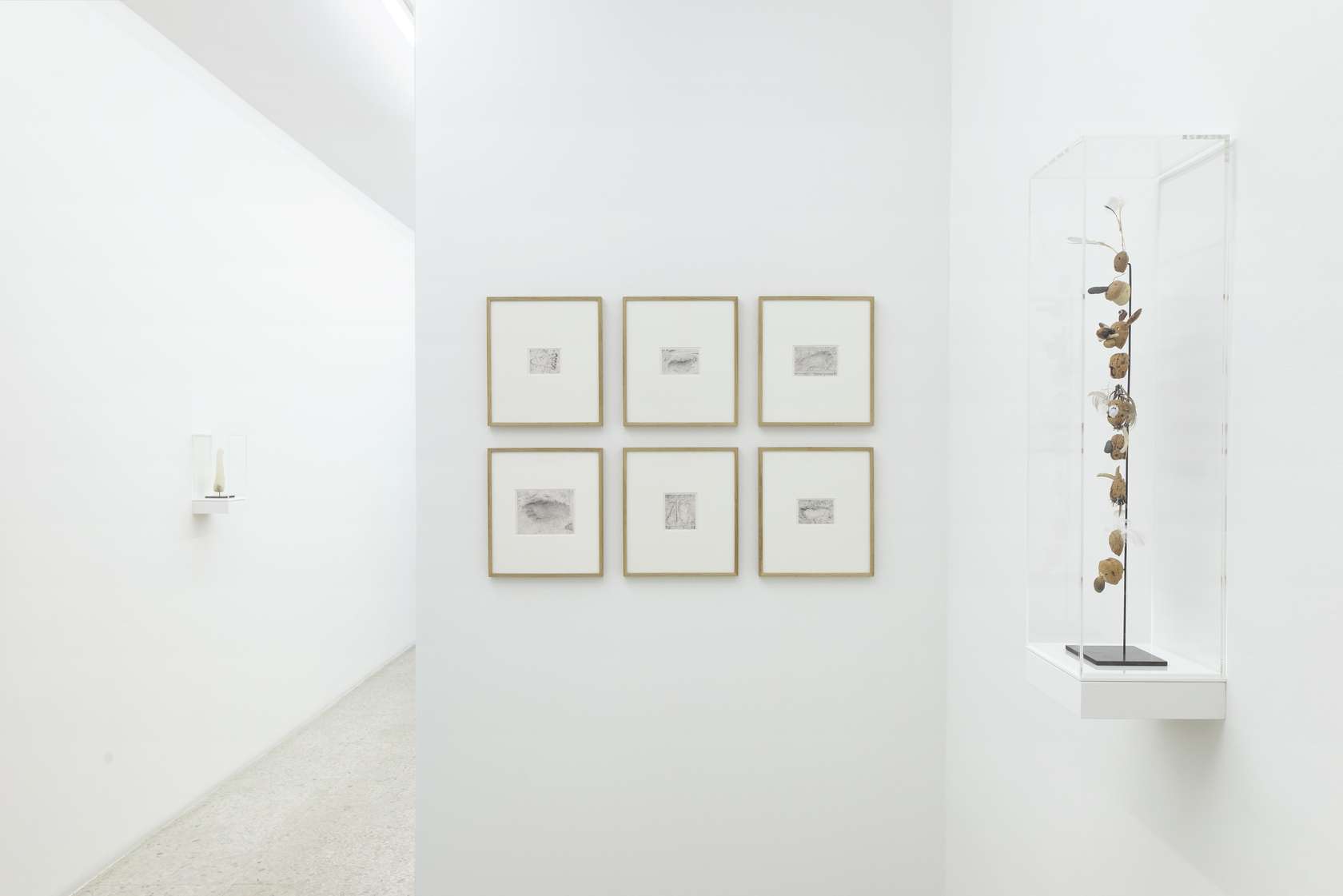-
 1/4
1/4
Laurent Le Deunff, Jardin
-
 2/4
2/4
Laurent Le Deunff, Jardin
-
 3/4
3/4
Laurent Le Deunff, Jardin
-
 4/4
4/4
Laurent Le Deunff, Jardin
There is an enduring fantasy, which inhabits to varying degrees thought concerning art: it is that of establishing an anthropological constant allowing us to unravel its history like an uninterrupted thread, linking the earliest Rock Art representations to those of modern times. This fantasy is nourished by timeless themes drawn from an enchanted bestiary of prehistoric creatures and is often shaped by the use of viewing devices, such that the compartmentalization operated by cabinets of curiosities does not seem by any means to hinder the spectator in search of authenticity. At first glance, Laurent Le Deunff’s work seems to subscribe to this ideal of time in suspension. His imagery is drawn from a gregarious nature, seemingly capable of generating its own representations. Caves and dark undergrowth welcome a whole population of walruses, elephants and sharks frolicking gaily, while our industrialised society seems merely to have been a bad dream.
Yet in Laurent Le Deunff’s work, his images are never just simple impressions of the subject itself. To the observant spectator, these images reveal precisely their manufactured appearance. Thus we come to realise that the subject is not so much what is represented but the representation in itself and the generic character of the image carries more importance than the motif itself. For his third exhibition at the Semiose gallery, Laurent Le Deunff has reinvented the gallery space as a landscape. To be more exact, it takes on the form of a garden offering the spectator an immersive experience through a vast panel of media and through its play on scale. The oeuvres stand out from a background of three huge prints hung on the gallery’s walls. These panels are collages created from images taken from hunting magazines, books about the woodlands in the Landes region of southwest France and tourist brochures of caves and caverns and they set the tone for the whole exhibition. This series is entitled “ Requin des bois “ (1) and marks the first occurrence of collage in the Le Deunff’s work. According to the artist, this represents a natural evolution stemming from his habit of combining several sources to complete each of his oeuvres. These enlarged collages bear clear traces of a rudimentary creative process, which avoids the use of Photoshop, giving preference to the simple use of scissors and glue and were born from the desire to make a film about sharks swimming through the devastated Landes forests. They resemble above all screen captures due to the provisional aspect they evoke.
So this is the way we need to look at his work: over and above the obviously seductive nature of the images, his oeuvres resemble those sharks swimming amongst the mushrooms. Although they mimic ethnological or archaeological language, the images are based on the distortion of source material whilst clearly showing off the reality of the creative process. Thus the hyper-realistic pencil drawings of animals, which in reality originate from the collective imagination of cryptozoology ranging from Bigfoot to Dahut. Or take the small stone statuettes presented on pedestals: they might resemble fossils but in reality they are directly hewn from stone. This for Laurent Le Deunff is a means of removing any documentary weight from the image: In his own terms he is seeking to “resensualize” the image, which in turn is liberated from the need to bear witness and is able to fully enter the realm of the imaginary – a fluid, oneiric world, illuminated by the colours of humanity’s most persistent dreams.
Ingrid Luquet-Gad
(1) Shark in the woods – a play on the French term « Robin des bois » or Robin Hood